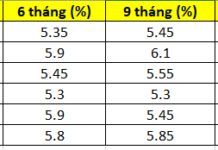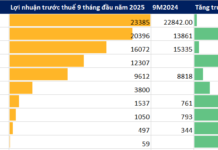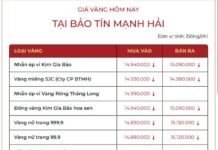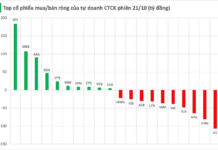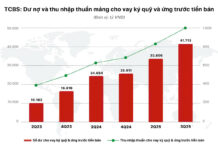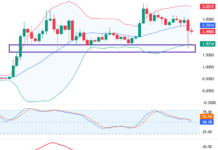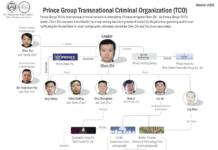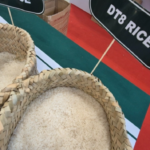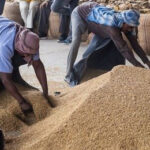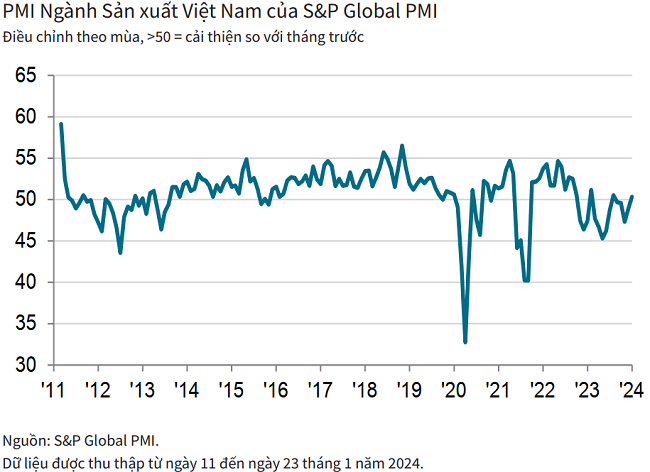From September 1st, the Philippines will officially halt rice imports for 60 days, significantly impacting the Vietnamese rice market, which is already facing low prices and unresolved challenges for exporters.
In an interview with NLD reporters on August 29th, Mr. Nguyen Vinh Trong, Director of Viet Hung Company (Dong Thap), shared that rice prices have dropped to their lowest levels in years, similar to the period before India’s rice export ban in July 2023.
According to Mr. Trong, at the beginning of August, following the news of the Philippines’ temporary import suspension, many businesses rushed to stock up on rice, causing a brief price increase. However, the market cooled down in the latter half of the month as buyers had already secured sufficient stocks, and with additional supply from Thailand, Cambodia, and soon, China’s upcoming harvest, prices continued to fall.
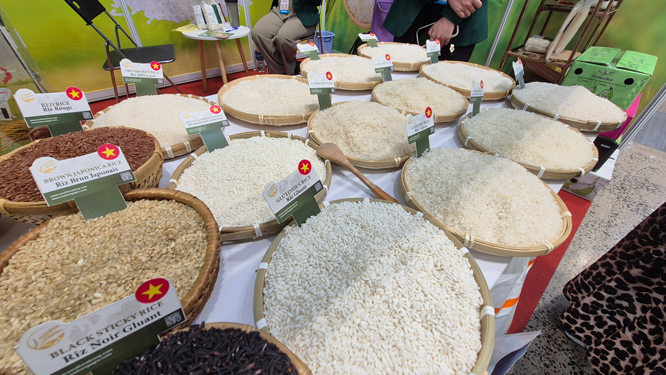
Exporters introducing their rice products at a trade fair in Ho Chi Minh City
Mr. Trong attributed Vietnam’s relative luck to the nearing end of the summer-autumn crop. In reality, the Philippines’ import suspension is likely temporary, aimed at supporting their domestic farmers during the harvest season. The country’s rice import demand remains strong towards the end of the year, expected to reach 5.4 million tons in 2025, up from 4.6 million tons in 2024. “They temporarily halt imports to support domestic prices, but once the harvest is over, they will have to resume imports to prevent inflation caused by high rice prices,” he explained.
Ms. Phan Mai Huong, co-founder of SSResource Media Pte. Ltd. (Singapore), further analyzed the situation, pointing out that farmers bear the brunt of falling rice prices. On August 29th, domestic rice prices remained low, with IR50404 at approximately VND 7,700/kg, IR5451 at VND 8,000/kg, and Dai Thom and OM varieties at around VND 8,600/kg.
According to the Vietnam Food Association (VFA), export prices for 5% fragrant rice have dropped to USD 455-460/ton, a decrease of USD 5/ton compared to the previous period. Jasmine rice prices have managed to hold steady at USD 545-549/ton. Regarding 5% white rice, while Vietnam’s export volume is limited, Thailand’s export prices are significantly lower at USD 354-358/ton, and India’s at USD 376-380/ton, intensifying competition.
Ms. Huong also highlighted the challenge posed by the 5% VAT payment mechanism, which requires exporters to pay taxes immediately upon purchasing rice but offers no clarity on the refund timeline. This leads to capital stagnation, and as a result, some buyers deduct the tax amount directly from the rice price to mitigate risks. She mentioned that some large exporters are awaiting VAT refunds amounting to tens or even hundreds of billions of VND, impacting their ability to purchase rice.
However, there are some positive signs, such as the national reserve’s plan to purchase 200,000 tons of rice and the efforts of Philippine importers to shorten the import suspension period.
From the association’s perspective, Mr. Do Ha Nam, Chairman of the VFA, attributed the low rice prices to various factors, most notably the suspension of imports by the Philippines, the most critical export market. “Businesses hope to resume exports to the Philippines after November, but financial difficulties prevent them from actively purchasing and stockpiling to support prices,” he said.
Mr. Nam emphasized that financial constraints, including the lack of subsidized interest rate packages and VAT refund delays, continue to plague the industry. Exporters are burdened with advance tax payments upon purchasing goods, increasing their costs, and the uncertainty of refund timelines further exacerbates the situation. “The VFA has repeatedly raised these issues, but solutions are yet to be found,” he stressed.
Why is the export price of rice continuously decreasing?
According to the Vietnam Food Association (VFA), the export price of Vietnam’s 5% broken rice on March 4 continued to decrease by an additional $16 to $578 per ton; the price of 25% broken rice decreased by $15 to $555 per ton; and the price of 100% broken rice decreased by $20 to $478 per ton.






